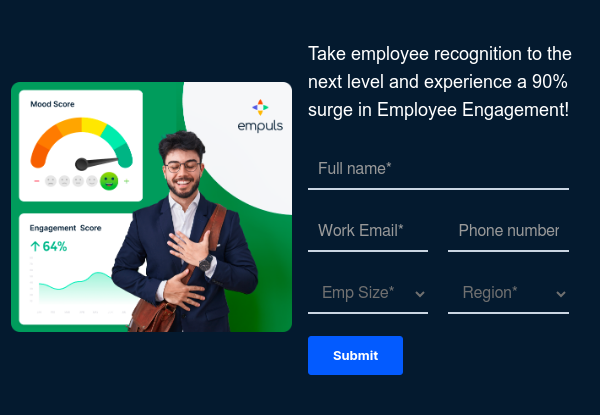How to measure the success of an employee loyalty program?
The ways to measure the success of an employee loyalty program are:
1. Define clear objectives: Start by defining clear and specific objectives for the employee loyalty program. These objectives should align with the organization's overall goals and values and clearly articulate what the program aims to achieve (e.g., increased retention, improved employee engagement, enhanced productivity).
2. Establish key performance indicators (KPIs): Identify key performance indicators (KPIs) that align with the objectives of the loyalty program and can be used to measure its success.
Examples of KPIs for employee loyalty programs may include:
- Employee retention rate: Measure the percentage of employees who remain with the organization over a specified period.
- Employee engagement scores: Use employee surveys or feedback mechanisms to measure levels of engagement and satisfaction among program participants.
- Employee productivity: Assess changes in productivity metrics, such as output per employee or sales performance, before and after implementing the loyalty program.
- Employee referrals: Track the number of employee referrals for new hires as an indicator of employee satisfaction and loyalty.
- Absenteeism and turnover rates: Monitor changes in absenteeism and turnover rates to assess the program's impact on reducing employee turnover and improving attendance.
3. Collect data and feedback: Gather data and feedback from program participants through surveys, focus groups, interviews, or other feedback mechanisms. Solicit input from employees to understand their perceptions of the program, satisfaction with rewards and incentives, and suggestions for improvement.
4. Track program participation: Monitor participation rates in the loyalty program to assess its uptake and popularity among employees. Track the number of employees who enroll in the program, participate in activities, earn rewards, or achieve milestones to gauge engagement levels.
5. Evaluate return on investment (ROI): Assess the financial impact of the loyalty program by calculating its return on investment (ROI). Compare the costs of implementing and maintaining the program against the benefits generated, such as reduced turnover costs, increased productivity, or improved customer satisfaction resulting from engaged and loyal employees.
























